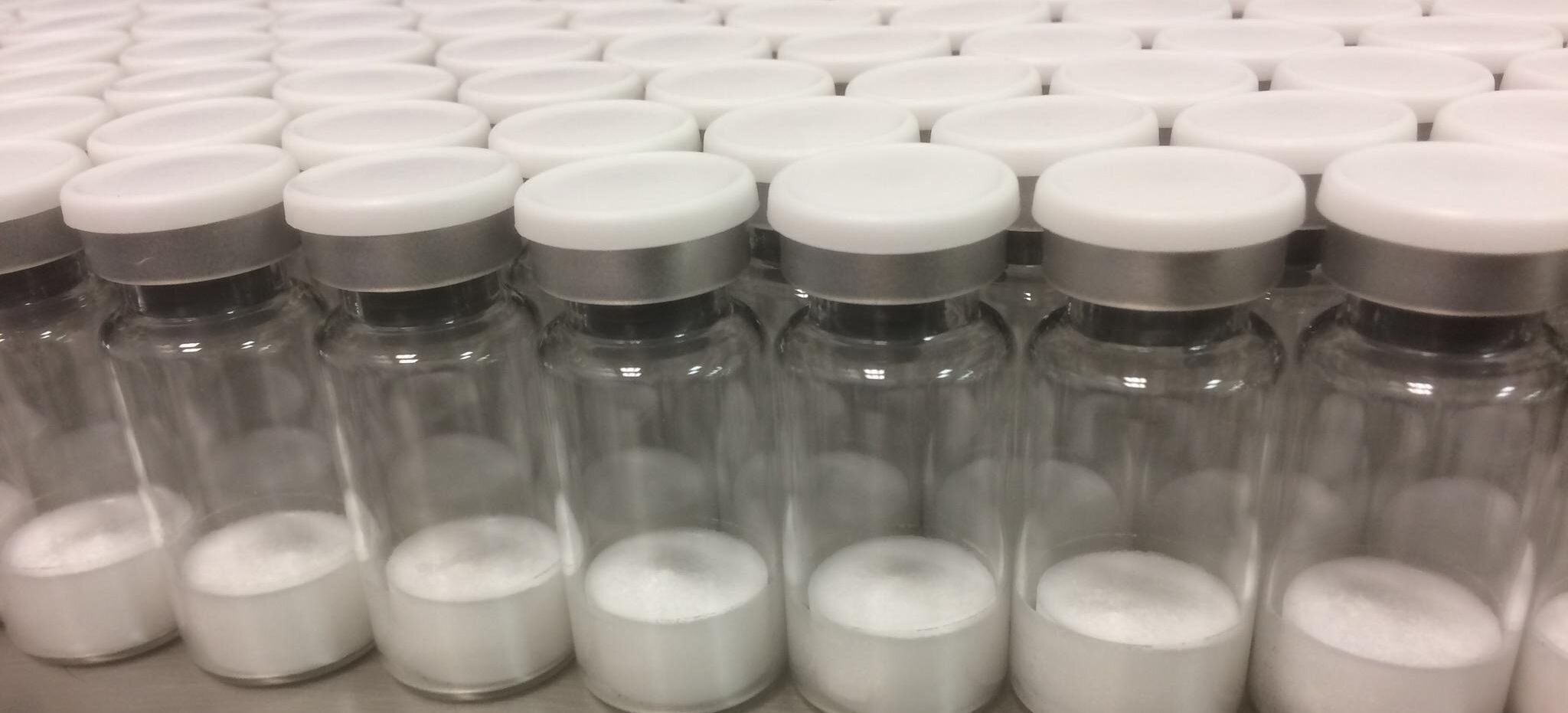three: i’m founding a biotech (again)
Oops I did it again. Another pivot.
Pivoting is like French kissing a girl. The first one takes 10-18 years—due to pure fear—and the next several happen months (or weeks) apart, lol. My third startup is called ophyd. We are developing a completely unique drug development platform and our first target will be SARS-CoV-2.
ophyd was the result of me hunkering down for the past two weeks to try to develop a real-time approach for addressing the novel Coronavirus pandemic. The core technology is one that I’ve been thinking about for several years and, as you know, I've been training for something like this for over two decades...
brain surgery dropout (revisited)
Imagine working towards a goal for 15 years and then leaving it behind to pursue a big and scary dream in a domain where you had no prior experience or connections. Well, as you saw in the last post (hopefully), I quit my neurosurgery residency in 2009 to pursue an idea I had for a brand new class of cancer drugs. I incubated the idea at USCF, spun out the startup in 2011 (OncoSynergy), and filed the main patent in 2012.
Scrubbing into a neurosurgical case during medical school (circa 2005).
a decade of development
Over the next several years—with a nimble, kick-ass team in San Francisco—I led the development of the lead drug candidate (OS2966) from the lab bench, to preclinical proof of concept, to optimization, to manufacturing, and safety studies. We raised over $20M, opened affiliates in Paris and Toronto, and won several private and public grant awards.
Technical successes aside, it was hard. I was a send button away from quitting. Twice.
The gangsta OncoSynergy lab crew in San Francisco circa 2013. Yes, that is a hoodie under my lab coat, duh.
look ma, I invented a new drug!
In March 2019, we received word from FDA that our IND application was accepted and we could begin enrolling a phase I clinical trial! Unfortunately, we were weeks away from running out of money. Even worse, I had to turn down a $2M life line from a new VC due to the terms. [Never in my wildest dreams did I ever think I’d have the ball bags to turn down $2M.] Thankfully, we raised a bridge from our shareholders and—zoom ahead to 2020—the clinical trial is now enrolling at Moffitt Cancer Center for recurrent brain cancer (glioblastoma) !
Thousands of beautiful vials of OS2966 (circa 2018).
Honestly, I've never heard of anyone else in the world who took their own idea from the lab as a trainee and launched, led, and funded a biotech company to develop it into a clinical stage drug candidate. I intend to help change that, but this is a story for another time...
that one time I took on Ebola
This is not my first viral rodeo. In 2014, I teamed up with a few other SF startup CEOs (including Nick Tommarello, Elizabeth Iorns, and Cindy Wu) to address the growing West Africa Ebola outbreak:
... San Francisco-based OncoSynergy ... might have an inroad to a potential ebola treatment. Its experimental cancer drug, called OS-2966, is thought to inhibit a protein that is fundamental for progression of aggressive tumors like brain and ovarian cancer and, the company said, appears to be hijacked by the ebola virus during infection.
We closed two crowdfunding campaigns, assembled an international team of scientists including two Biosafety Level 4 (BSL4) labs, penned a lucrative manufacturing partnership, was invited to give a talk at Oxford, attended Paul Allen's Ebola Summit in SF, and flew to DC to pitch BARDA (Biomedical Advanced Research and Development Authority).
Ultimately, this program fizzled as infections plummeted in 2015 along with any prospect of further funding, but I learned A TON about addressing a viral outbreak in real-time.
perfect timing
With funding and the FDA nod secured, I decided to leave OncoSynergy last summer in the hands of the able team in order to scale my impact beyond a single drug. I began by starting anew in Los Angeles and cofounding the brain cancer 501(c)(3) nonprofit Cure Glioblastoma with some fantastic partners.
Cure Glioblastoma's Board of Directors (L to R): Luzanne Otte, Barbie Blank, and Dr. Shawn Carbonell.
[PS: Don’t worry, I have the support of my board and we will be continuing our mission with brain cancer as outlined on our website.]
At the same time, I was advising startups and evaluating others I might potentially sink my teeth into. Nothing really got me excited enough to bite and so I began considering what I could do on my own. I was sifting through several options for weeks when the SARS-CoV-2 pandemic made every other idea largely irrelevant.
in the macro
ophyd is the culmination of over two decades of experience in science, medicine, and industry. I believe we will lead a paradigm shift in how biologic drugs and diagnostics are developed to impact multiple serious diseases... including and especially COVID-19.
From a minimum of six feet, I invite you to follow along on the journey.




![Cure Glioblastoma's Board of Directors (L to R): Luzanne Otte, Barbie Blank, and Dr. Shawn Carbonell. [PS: Don’t worry, I have the support of my board and we will be continuing our mission with brain cancer as outlined on our website.]](https://images.squarespace-cdn.com/content/v1/5e3e499ecac0f04ddd4cf2ba/1585877024778-7U2FBTI8982LFFVDGX3O/preview-5.jpeg)